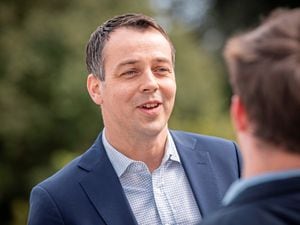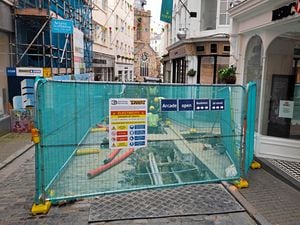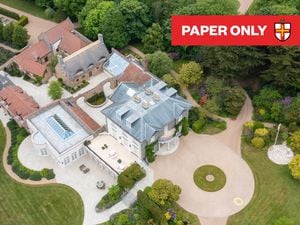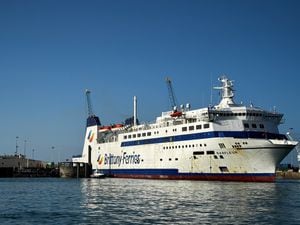‘Island should have a world class data infrastructure’
EVERY household in Guernsey should have access to the same level of broadband service, according to Sure Guernsey’s chief executive.
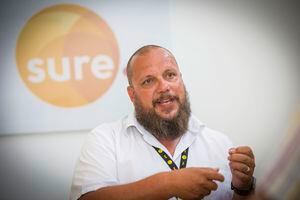
Justin Bellinger said that this could either be through fibre optic connections to the home, or through the use of 5G technology.
The key for Sure will be working in partnership with government to get a ubiquitous and equitable network, he said.
Mr Bellinger was speaking in the wake of the States publishing its Revive and Thrive document for the rebuilding of Guernsey’s economy after the pandemic lockdown, and this includes overhauling its telecoms strategy.
This will review the use and licensing of 5G technology and its goal is to provide recommendations for future investment for business, home and government users.
‘Through this, we will build a data infrastructure that is resilient, secure and world class. We will become a recognised global leader in respect of data,’ said the States report.
Mr Bellinger said that about 1,300 islanders took advantage of Sure’s offer of a temporary speed increase until the end of June when it was offered as lockdown got under way, with many able to enjoy speeds of up to 40Mbps for the same price as 20Mbps.
But not all were able to make full use of the offer, since there are still some properties in the island that are not close enough to an exchange to get anything much faster than the basics.
For those who are in the 85% of properties that are able to benefit, the maximum speed currently on offer domestically is 100Mbps.
The key to using copper wire connections to the home, the most-used method at present, is for the property to be close to an Msan (multi-service access node) cabinet.
‘We have 17 [stored] in the car park and we’ve fitted three in the last few months,’ said Mr Bellinger, and the remainder will be fitted now that lockdown has ended. Ten are destined for St Peter Port and ‘one or two’ in the north, with the remainder ‘filling in gaps’ around the rest of the island.
Sure’s principle until now has been ‘fibre to the cabinet’, with copper responsible only for the last section of the journey from the cabinet to the property.
If there was fibre to the home, it would not matter how far someone was from one of these cabinets – they would still be used, though, to avoid Sure having to do too much digging up of the roads.
‘We are now looking at a new phase of investment, a new five-year strategy,’ he said.
‘This is pretty good timing, really, when we look at [the States’] “Revive and Thrive”.
‘That five-year investment will start with how we connect the island to the rest of the world,’ said Mr Bellinger, and this was reflected with Sure recently investing more than £3m. to upgrade the island’s submarine connections.
Sure has just started a trial of providing 1Gbps (about 1,000Mbps) to some properties using fibre to the home and also had a 5G trial last year, which Mr Bellinger said was very successful.
‘Depending on how the telecommunications policy moves, we’ll invest to get a ubiquitous fibre to the home network or 5G network.’


